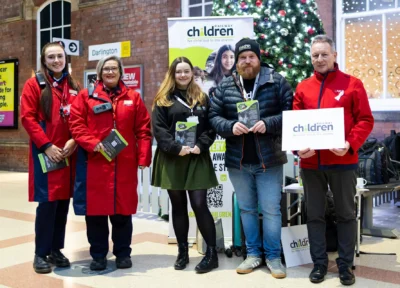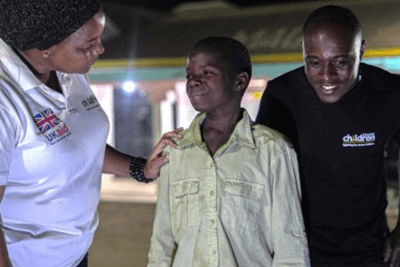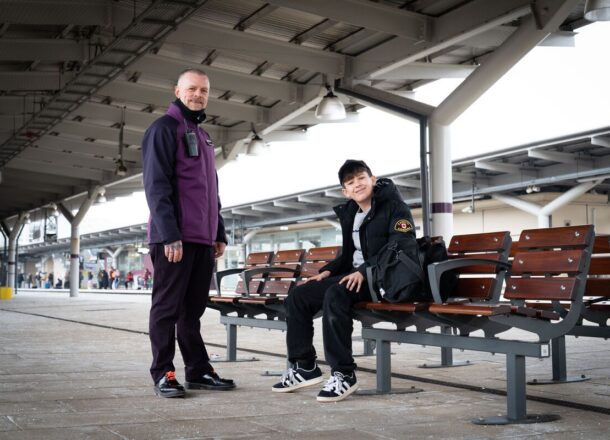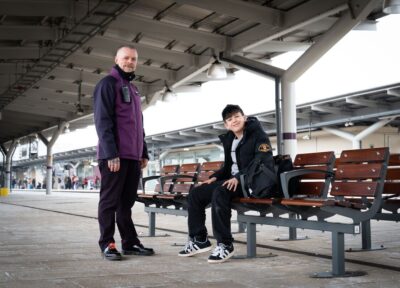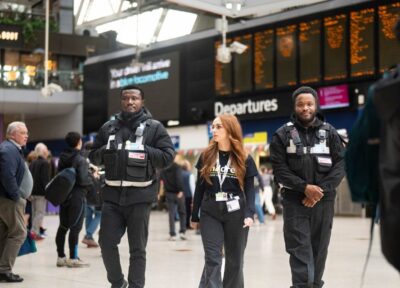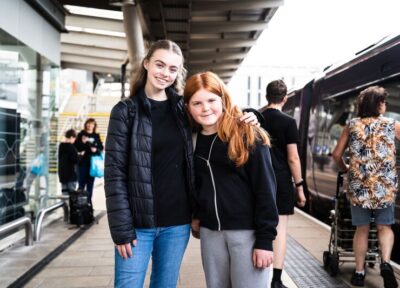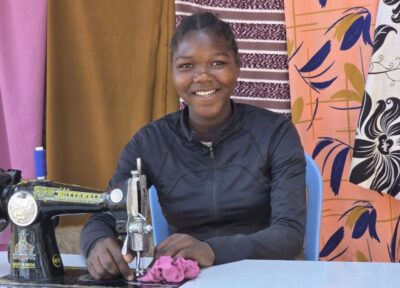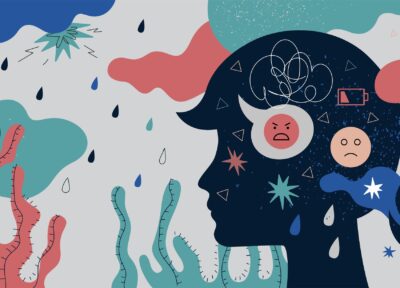What are the similarities between safeguarding and child protection?
Safeguarding and child protection are intertwined in many ways and are both vital parts of children’s wellbeing.
Importantly, both share a common goal: to ensure children’s safety and wellbeing.
To do this, both approaches look at the wider context, circumstances, policies and specific environment of each scenario.
For example, if a child is at risk of exploitation, effective safeguarding and child protection approaches will look holistically at the child’s family situation, their school, what other risks they face, if any protection plans are in place and if any statutory services are involved.
In the UK, there are a set of laws and guidelines that outline the responsibilities of organisations and individuals in both safeguarding and child protection, helping to ensure a consistent approach across services.
Professionals such as our youth practitioners, social workers, teachers and health specialists, each have a duty of care to protect children and they will often work together to share knowledge and expertise to identify potential risks, raise any safeguarding concerns and ensue that preventive measures are in place.
